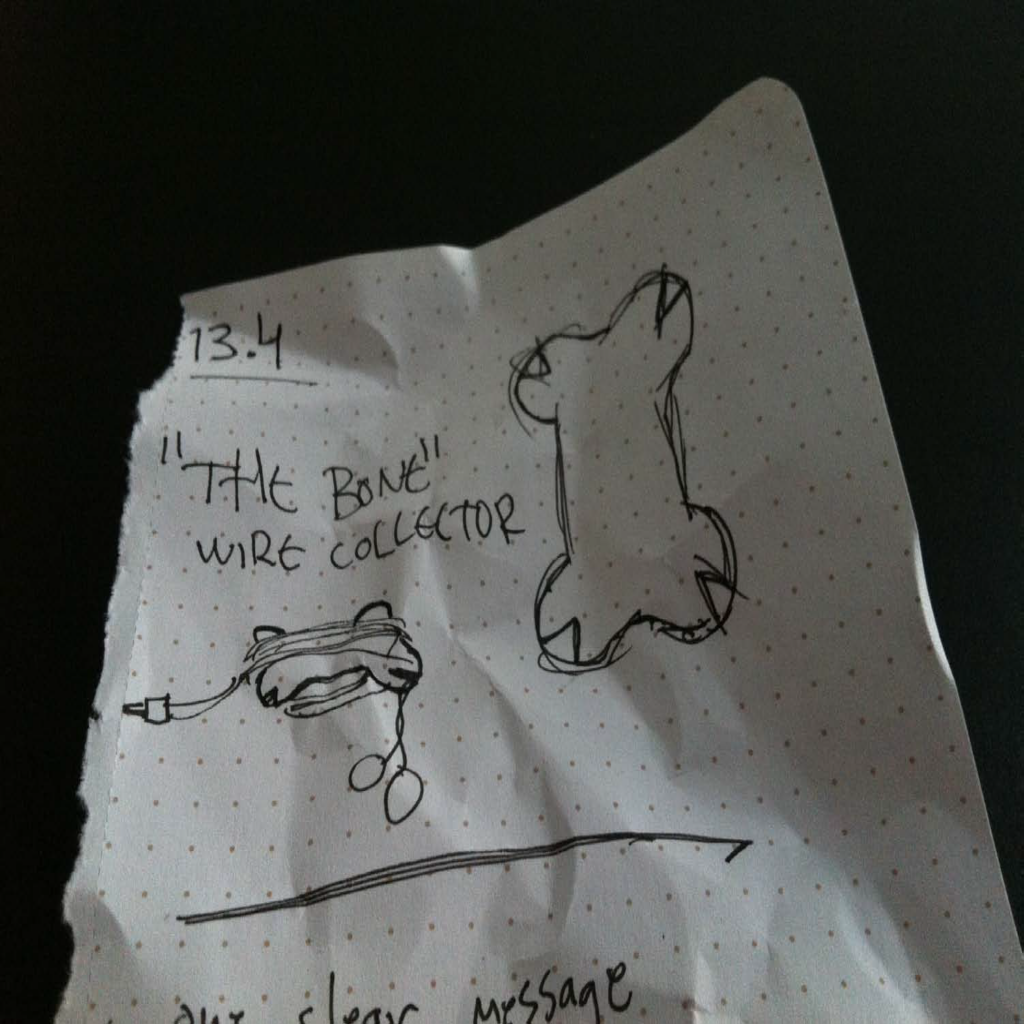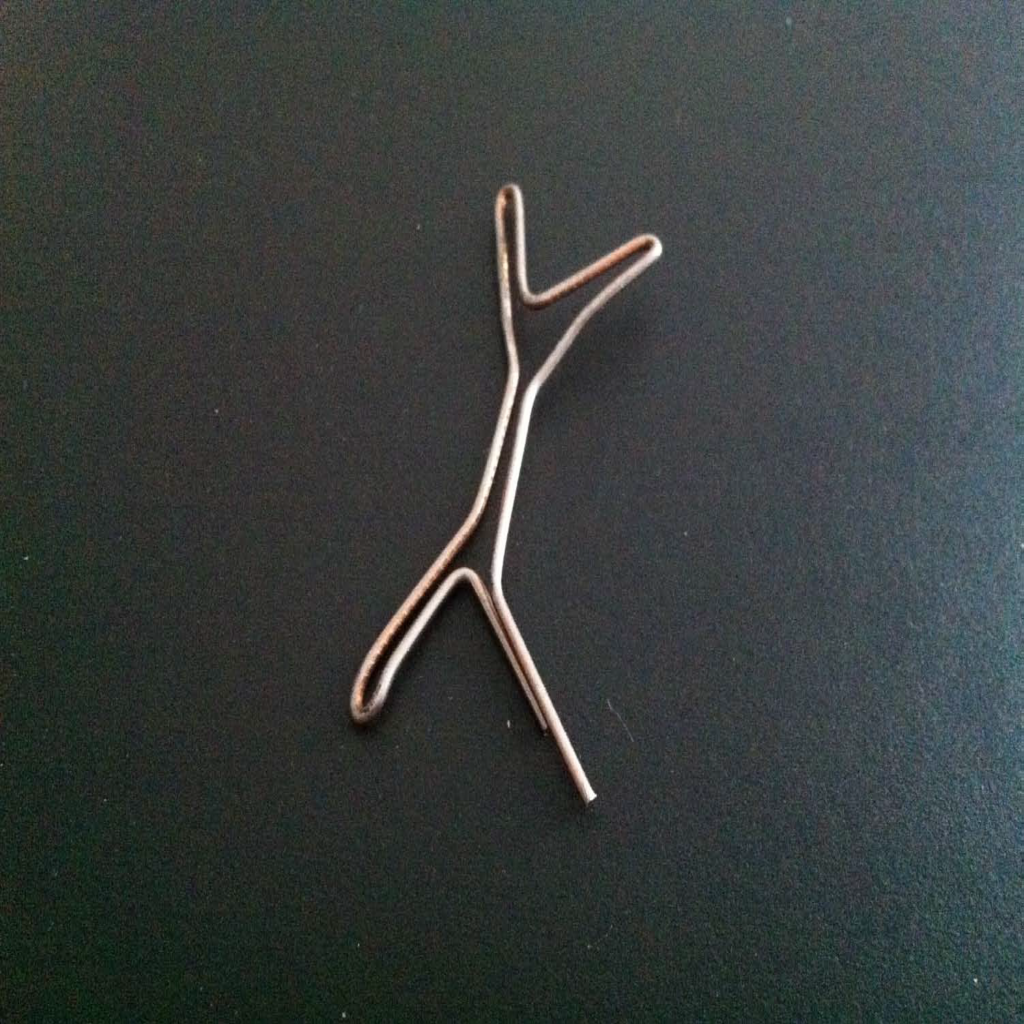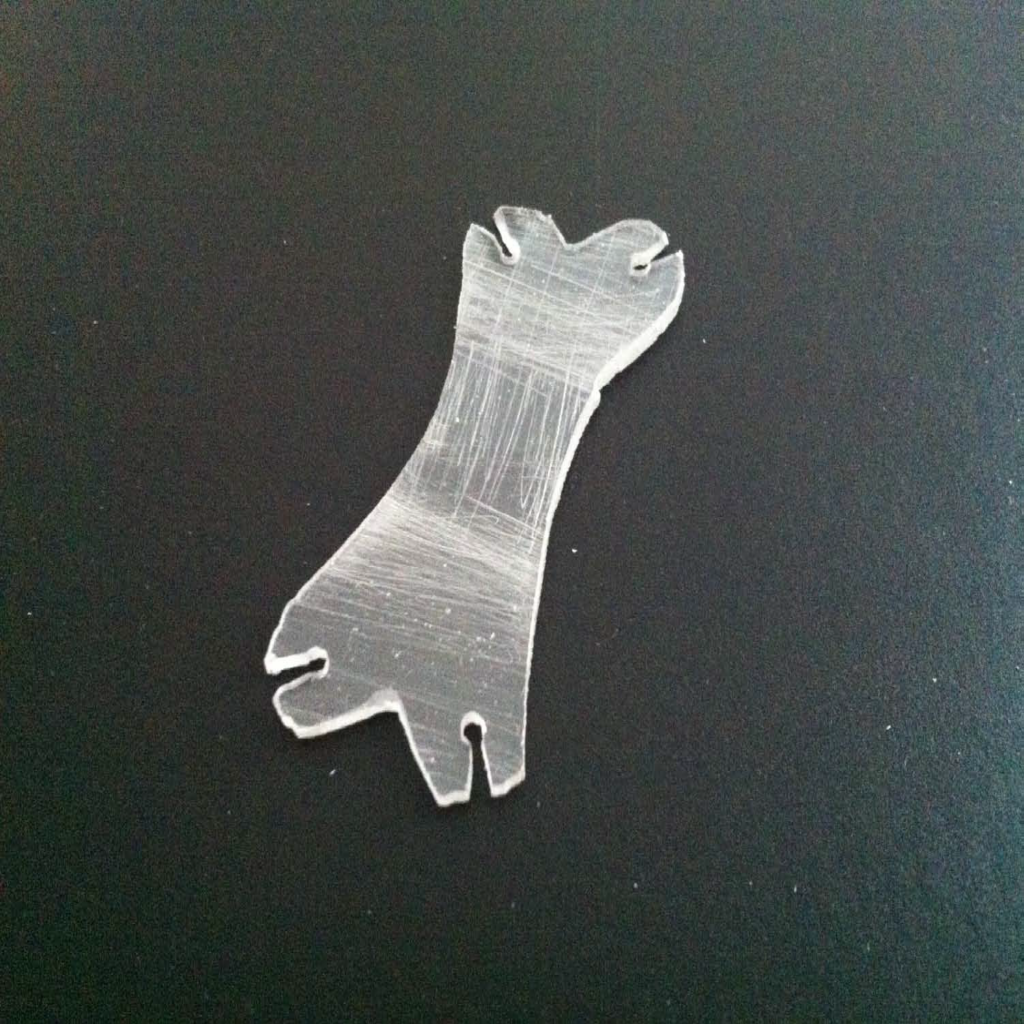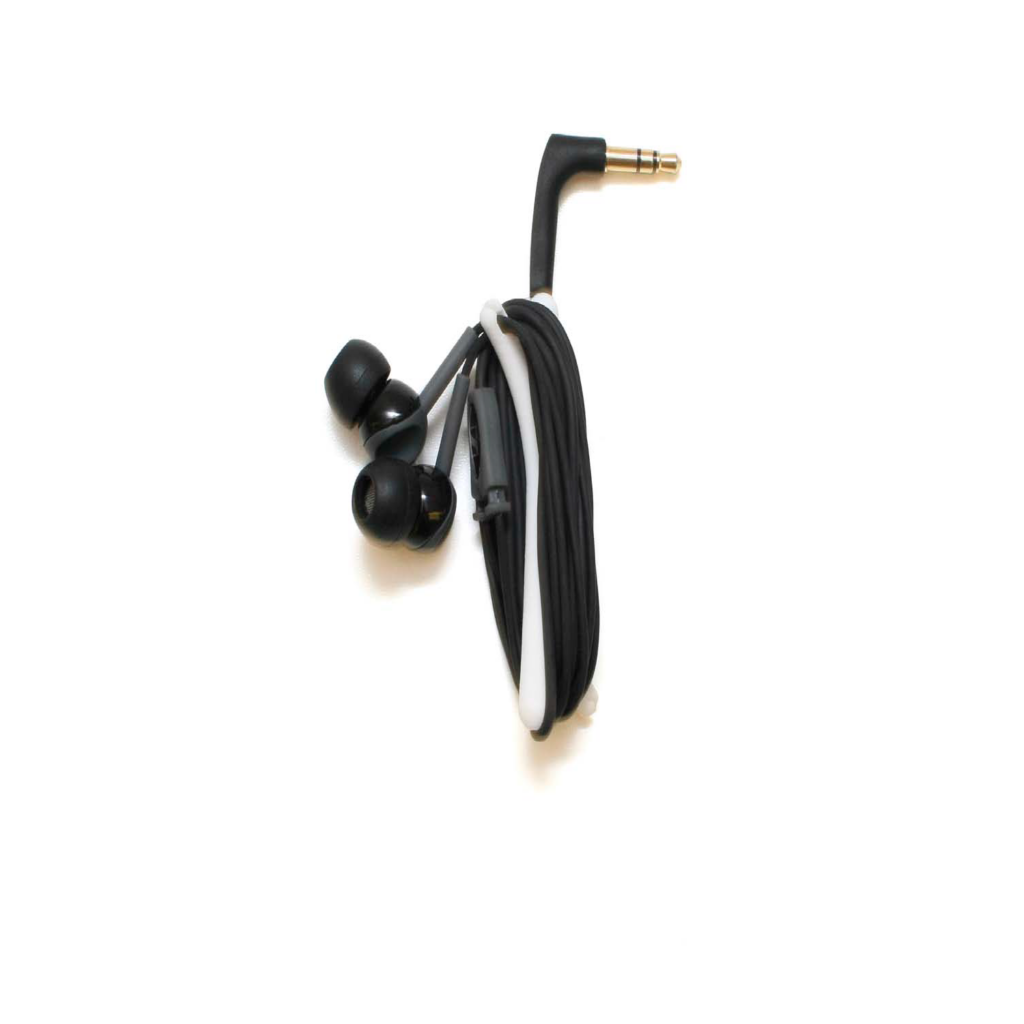In 2010, I was studying at Aalto University, working part-time as an assistant, and raising my first child. My life was full—sometimes overwhelmingly so. But when an opportunity came to join a product development project in collaboration with Nokia, I couldn’t resist. I’ve always been drawn to ideas, to solving small everyday problems, and to making things just to see where they might lead.
At the time, I was full of curiosity and excitement. But let’s be honest—having a young family and work responsibilities came with its own set of doubts and limitations. I couldn’t burn the midnight oil endlessly like some of my friends. Time was tight. Priorities had to be juggled. Still, when you have the will, you find the energy. I made it work, though not without mistakes. Those years taught me a lot about balance—and how, in the long run it shaped to my core value: family comes always first.
The Nokia project itself was, on paper, a classic design challenge: create forward-looking concepts for mobile phone accessories. We followed the typical process—research, ideate, sketch, prototype, refine. At the end, we’d present our work at an exhibition with other student teams. Nothing groundbreaking in structure. But as it turned out, the story I’d carry with me didn’t come from our carefully developed main concepts. It came from a last-minute side idea—one that started with a tangled mess in my pocket.
As the exhibition approached, I found myself thinking about how we could make our team stand out. I wanted to offer something fun and memorable – some small freebie visitors could take home. You know, the kind of giveaway that people actually keep.
But I had nothing. The clock was ticking.
Then one day, digging through my Marimekko ”Architecht” bag, I found my Apple earphones hopelessly wrapped around my keys. Again. That small, annoying moment sparked an idea. Why not create a simple, stylish little product to keep cords from tangling?
It wasn’t groundbreaking, but it was practical. And more importantly, it was something I could prototype right away.

I sketched a quick idea in the margins of a notebook. Funny side note as I was making this post and tried to find this image. Based on the date on image: You could say that this article is the 15th anniversary of the idea. Time flies. But good memories.

Then I grabbed a paperclip, folded it into shape, and suddenly I had something that worked. It was crude, sure—but it showed the idea had legs. I moved on to a more advanced version made from a scrap of plexiglass, which I shaped with a knife and file. Still messy, still rough—but better. Tangible.

This stage of the process has always been one of my favorites. Prototyping is such a powerful way to think with your hands. It doesn’t need to be fancy. You can build a concept with whatever’s lying around. Paperclips, plexiglass, tape—it all works. What matters is that you get feedback quickly, and you make your thinking visible. A prototype turns an idea into a conversation.
Encouraged by the rough models, I opened up CAD and started shaping the product more intentionally. I gave it a cleaner, more deliberate form. I printed the first version on an old wax 3D printer at the workshop I worked in. It was a finicky machine, mostly used for casting molds, and the material cracked easily. But it gave me something real to hold. For the first time, the thing in my head was sitting in my hand. And broken after testing.

That’s when I realized it needed one more feature. I added a small groove that let the accessory clip directly onto the earphone cord, so it would always travel with it. Simple. Logical. Done.

I refined the design again, found a supplier to produce a more durable version, and ran it through some very scientific stress testing—by tossing it in my bag, carrying it in my pocket, and generally living life with it. The once-brilliant white model slowly turned into a kind of off-grey, but it held up beautifully.

I decided to invest in a few hundred units. At the time, 3D printing wasn’t exactly cheap, but it was manageable. A small gamble on a throwaway idea. Appropriately fitting the theme. I packed them up, ready for the exhibition, expecting nothing more than a few smiles.
The exhibition itself was something special. We didn’t just show up with posters and mockups—we created a full experience. There was a gala opening with music, lighting, and a catwalk-style live presentation. Since our main concepts were inspired by trend forecasting, we wanted to reflect that visually and emotionally. The energy was high, the presentation memorable. And the lesson stuck: even the best ideas need a stage. Presentation isn’t decoration—it’s persuasion.
And yet, despite all the lights, all the polish, and all the careful preparation, it was the smallest, scrappiest piece of our work that captured everyone’s attention.
Visitors came by the booth. They smiled. They nodded at the main concepts. But then their eyes landed on the little cord thing on the table.
“What’s this?”
“Can I take one?”
“Do you have more?”
“Where can I get this?”
One by one, the tiny cord managers disappeared. They were supposed to be a footnote, a fun extra. But before the day was done, they were gone. And people were coming back to ask if we had any left.
I couldn’t help but laugh. This wasn’t the plan. Not at all. But it was clear—this small product had connected with people in a way our polished concepts hadn’t.
That night, after the buzz of the exhibition had settled, I sat down and took a breath. I had signed up for the project to learn and explore. I hadn’t expected to stumble onto something real.
We didn’t have a name yet. That would come later.
But the spark was there. And it had started with a paperclip and a tangled cord.
There was no plan, no roadmap—just a curious little object that had quietly stolen the spotlight.

But it got me thinking.
What if this wasn’t just a giveaway?

What if it could be something more?
A product. A brand. Maybe even a business.
Those questions stayed with me. And soon, they started shaping what came next. The story will continue. Maybe.